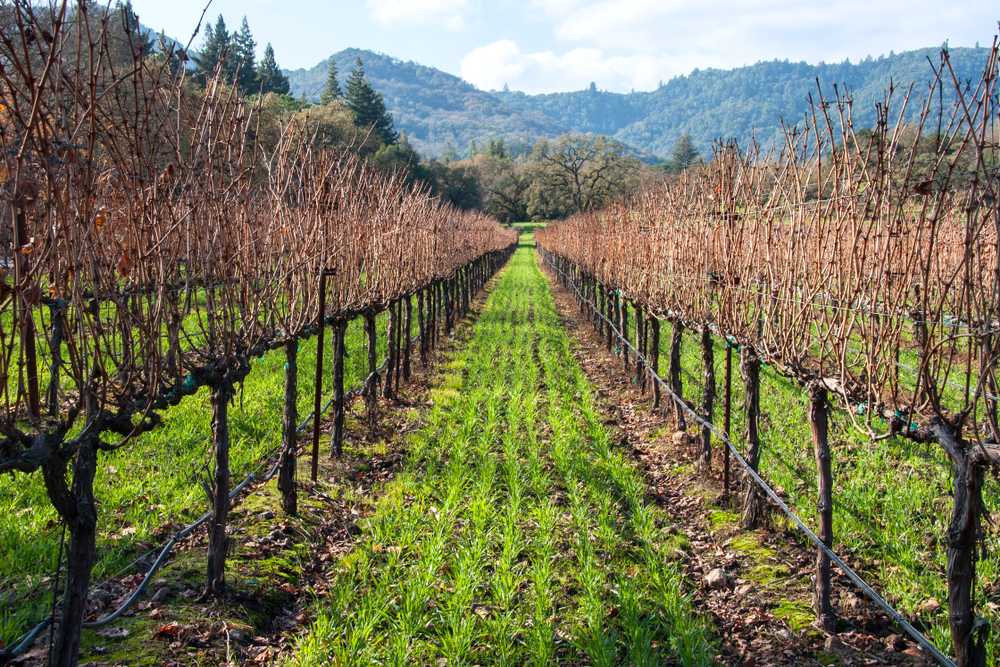I hope that everyone had a fantastic holiday season! I’m looking forward to the new year and working with you in 2019!
Biological materials are getting a considerable amount of attention these days. Biological farming works with natural laws, not against them. Andaman Ag has been promoting biological products for more than a decade. Biological products hold great promise for agriculture in the future. However, there is a considerable amount of misinformation about what these products can and can’t do.
Andaman Ag’s approach is simple: show growers what you can accomplish in immediate economic results, and they will make the shift.
Our most valuable recommendations focus on increasing plant photosynthesis – the core activity that has the greatest impact on plant health. Increased photosynthesis has many positive effects leading to increased yields and greater resistance to hazards like pests and excessive heat or cold. Importantly, it promotes microbial respiration, which captures CO2 producing much needed carbon sequestration (carbon cycling) to help grow soil organic matter. Soil organic matter is directly correlated with yield. Increased photosynthesis also, through root exudation, expands the fungal activity (i.e. mycorrhizae) in the soil, giving the plant greater access to water and nutrients from the soil. This promotes faster growth and helps the plants through periods of heat or cold.
Andaman Ag, from the very beginning, has promoted the use of foliar fertilizers and there is more and more literature supporting foliar applications as a key advantage. Four key minerals play an especially important role in increasing the rate of photosynthesis. They are nitrogen, magnesium, iron and manganese. All of these key elements can be found in our Ecotech manufactured foliar fertilizers – and they can increase photosynthesis by 3 to 5 times! Manganese, for example, is known to play a key role in nitrogen uptake and splitting water molecules into protons (H+), electrons, and oxygen gas. The electrons go to the chlorophyll, the protons contribute to a proton gradient that is used to power synthesis of the energy-carrying molecule ATP, and the oxygen is a byproduct. Our product, Sea-Crop, composed of a vast array of trace elements including manganese, is a perfect fit for instigating this process.
Our crop programs involve a combination of products as it’s these combinations, honed through trial and error, that have yielded the greatest and most recognizable economic impact for growers. The crop programs require a combination of foliar applications of biologicals coupled with soil amendments like compost teas, humic-based microbial food packages (humic acid is also fungal food) and fish hydrolysates as fundamental and important examples.




